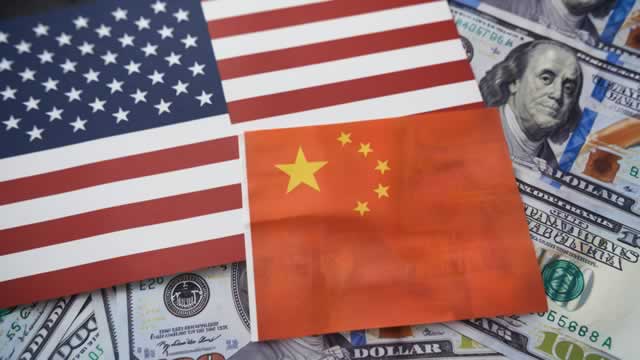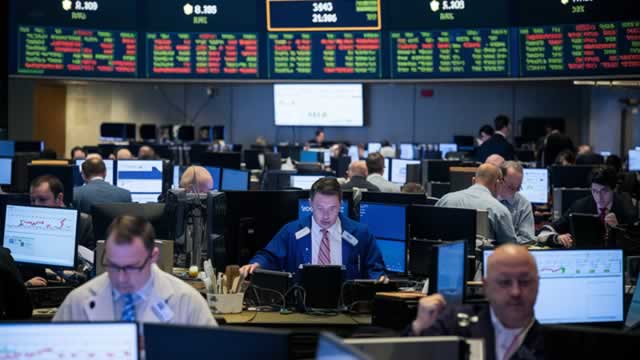The Trump Administration’s Latest Trade Threat: A 50% Tariff on Chinese Imports
In a move that could significantly escalate the ongoing trade war between the United States and China, President Donald Trump announced on Monday that his administration is considering imposing an additional 50% tariff on Chinese imports. This comes in response to Beijing’s recent decision to impose retaliatory duties on a range of US goods, effective April 7.
Background: A Brief History of US-China Trade Tensions
The trade tensions between the world’s two largest economies have been simmering for some time now. In July 2018, the Trump administration imposed tariffs on $34 billion worth of Chinese goods, prompting Beijing to retaliate with duties on an equivalent value of US imports. The two sides continued to exchange escalating tariffs throughout 2018, with the US ultimately imposing tariffs on around $250 billion worth of Chinese goods, and China retaliating with tariffs on about $110 billion worth of US imports.
The Latest Development: Trump’s Threat of a 50% Tariff
The latest development in this trade saga came on Monday, when President Trump threatened to impose a 50% tariff on all Chinese imports if Beijing does not roll back its recently announced retaliatory duties. The president made the announcement during a meeting with manufacturing industry executives, stating, “We’re going to have to do something. We can’t have this. We’re the piggy bank that everybody’s robbing.”
Impact on Consumers: Potential Price Hikes
The potential impact of this latest trade threat extends beyond the business world and could directly affect consumers. If the US imposes a 50% tariff on Chinese imports, it is likely that American consumers would bear the brunt of the increased costs. According to an analysis by the Peterson Institute for International Economics, a 50% tariff on all Chinese imports would result in an average cost increase of $1,000 per US household.
- Electronics: Consumers could see significant price hikes for electronics, including smartphones, laptops, and televisions, as many of these products are imported from China.
- Apparel: Clothing and footwear, which are also heavily imported from China, could become more expensive.
- Food: Tariffs on food imports could lead to higher prices for staple items like soybeans and rice.
Impact on the Global Economy: Uncertainty and Instability
Beyond the US, the potential impact of this trade dispute extends to the global economy as a whole. The International Monetary Fund (IMF) has warned that the ongoing trade tensions could shave 0.8% off global economic growth in 2019, with the potential for even greater damage if the situation worsens. The uncertainty and instability caused by the trade war could also lead to a decline in business confidence and investment, further dampening economic growth.
Conclusion: A Potentially Dangerous Escalation
The Trump administration’s latest threat to impose a 50% tariff on Chinese imports represents a potentially dangerous escalation in the ongoing trade war. While the impact on individual consumers may vary depending on their spending habits, it is clear that the broader economic consequences could be significant. The uncertainty and instability caused by this trade dispute could have far-reaching implications for businesses and economies around the world.
As the April 8 deadline approaches, both the US and China will need to carefully consider the potential consequences of their actions. A diplomatic solution that addresses the underlying issues while minimizing the negative economic impact would be in the best interest of all parties involved.





